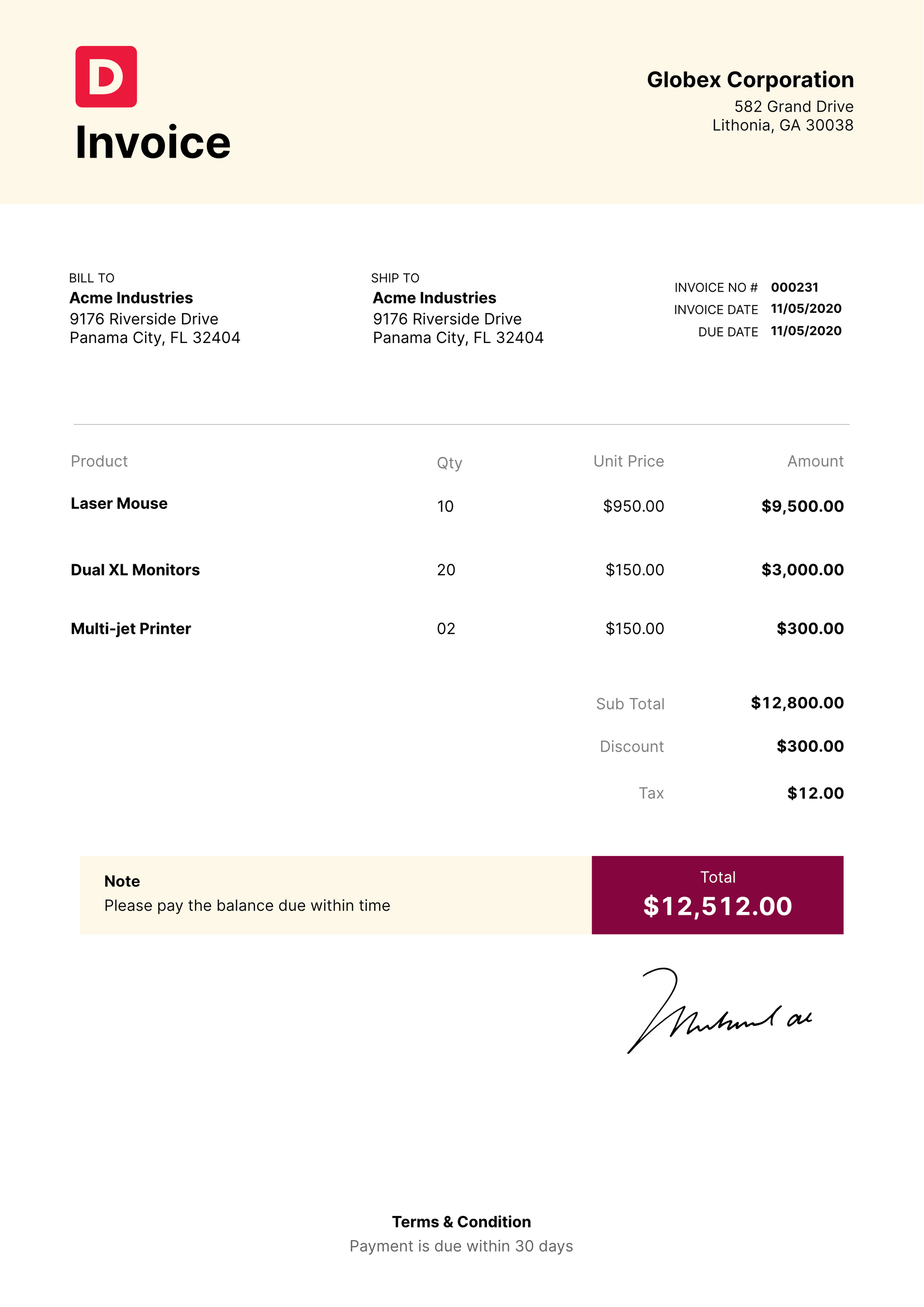


In this case, Entity X can use the date which is marked on the invoice. It may be processed into Entity X’s accounting system a few days after the invoice was received in the mail. Invoices that are received in the post by Entity X are not date stamped. Invoices which are received through electronic means have information available on when the invoice was received by Entity X. This includes electronically and by post. Invoice received date is not known exampleĮntity X receives invoices in various ways. The payment clock for this invoice has yet to commence. Until that invoice is received in Entity X’s shared inbox, the invoice is not deemed to have been received. The arrangement states invoices will only be accepted if they are submitted to Entity X’s shared inbox. Entity X and Small Business Y have a contractual arrangement. Incorrectly received invoice exampleĪn employee of Entity X receives an invoice from Small Business Y.

the entity receives paper invoices), then the date of the invoice can be used as the date of receipt. If the receipt date is unknown or cannot be established (i.e. Unless these processes happen on the same day as the invoice is received. when the invoice is entered into the entity’s accounting or information systems.The date of receipt of an invoice is not: The contractual arrangements may also deal with matters such as the treatment of backdated or incorrect invoices. For example, having to provide the invoice to a particular email address or requiring that the invoice includes a purchase order number and ABN. This could include contractual arrangements in order for payments to be made. The invoice issue day, otherwise referred to as the receipt date, is when an invoice is received by the reporting entity.Īn invoice is ‘received’ and the payment clock ‘commences’ when it is received by the entity in accordance with the invoicing requirements of the relevant contract (either written or oral).


 0 kommentar(er)
0 kommentar(er)
